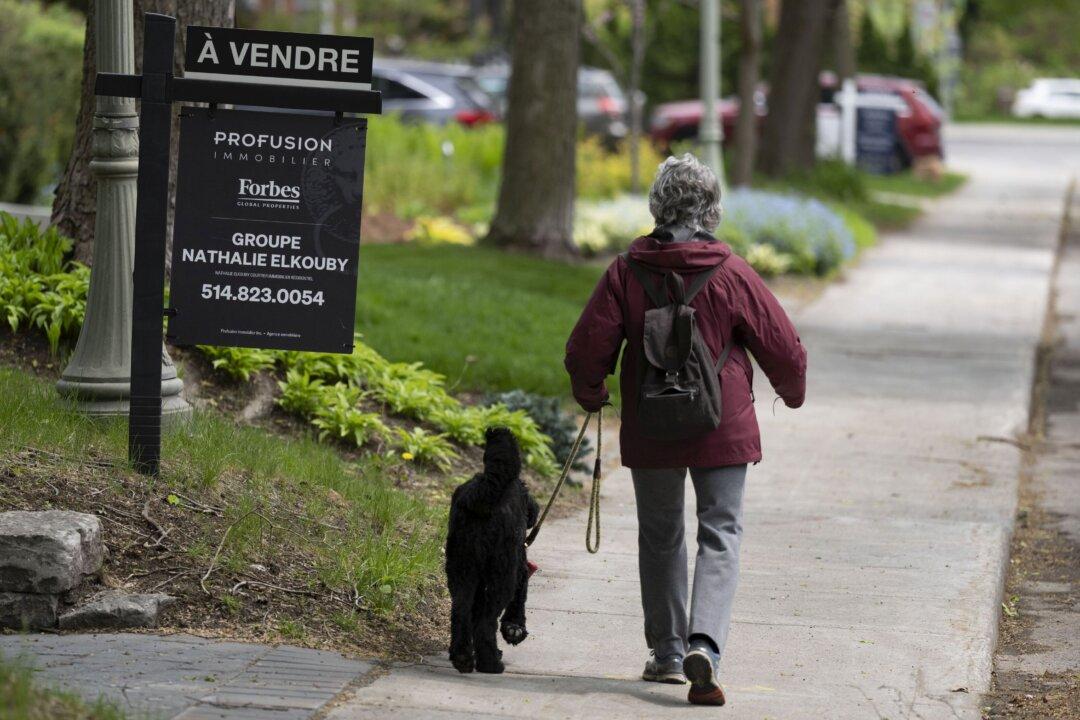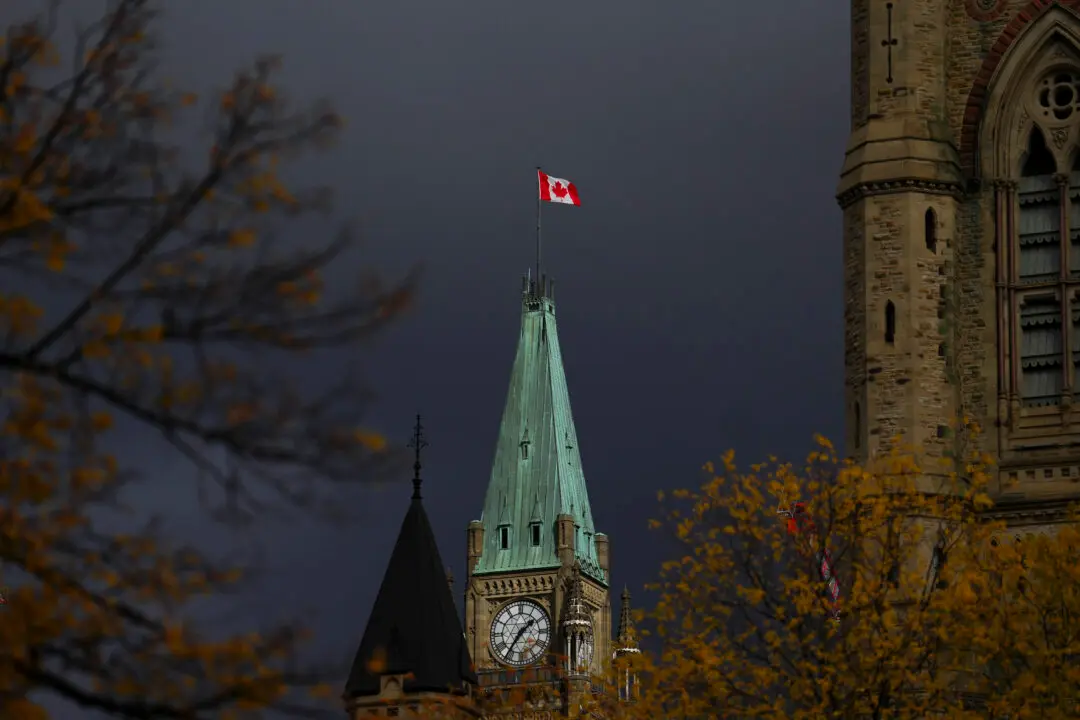A lack of housing affordability means that just 45 percent of Canadian households can afford a regular condo apartment and only 26 percent can afford a single-family home, says a new report from RBC.
“The significant loss of affordability during the pandemic has shrunk the pool of homebuyers in Canada,” said RBC Economist and report author Robert Hogue.





